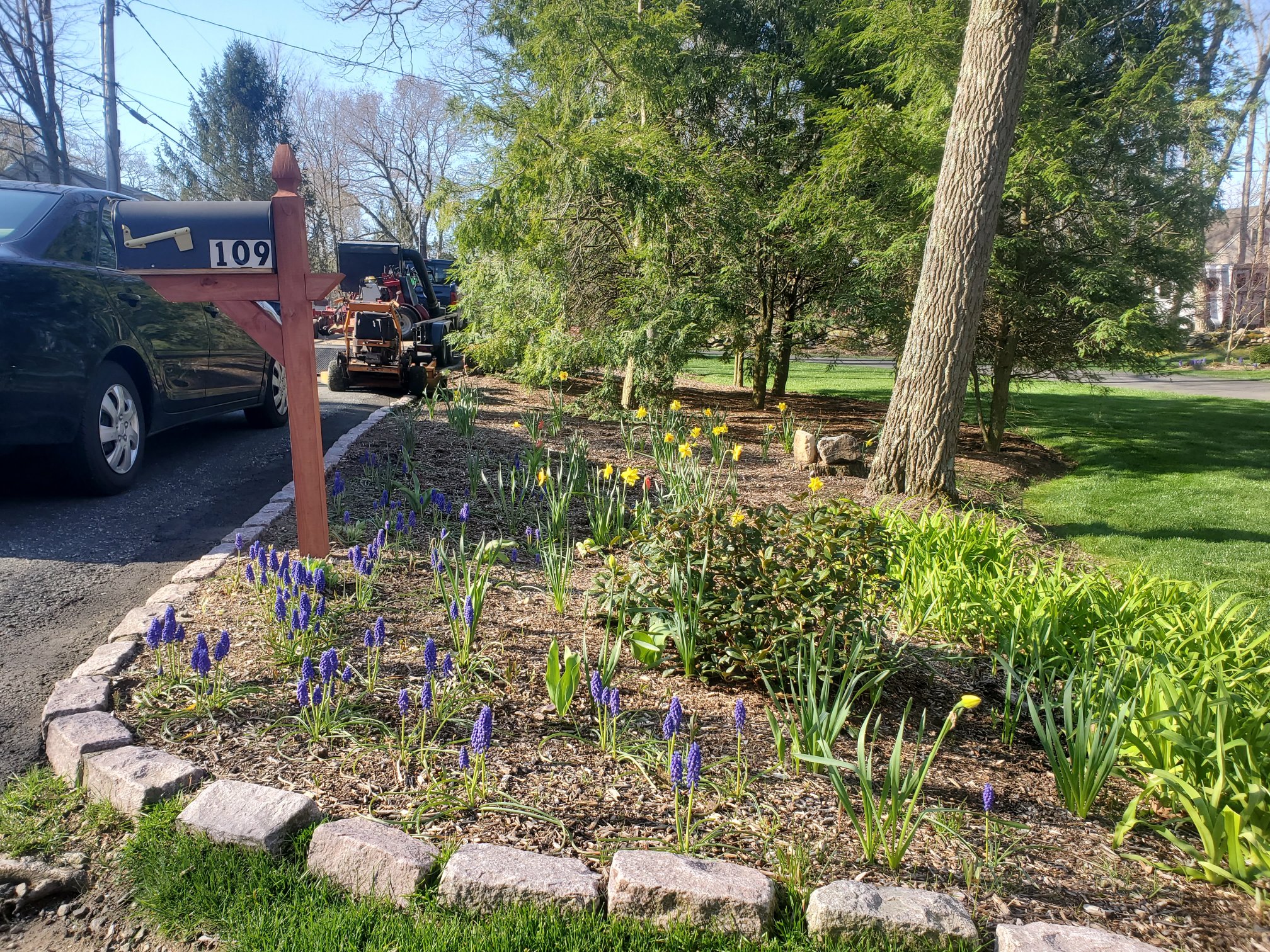
The inside of the berm should be at the outer edge of the root ball.

Do not step directly on the root ball, as this will damage and compact the roots.Ī soil berm is a mound encircling the tree, 10-12 inches from the trunk, which creates a basin or bowl that will hold approximately 10 gallons of water. Gently tamp down soil around the root ball with a shovel or the toe of your shoe to eliminate large air pockets. Hold the tree upright and fill in with soil around the root ball. Rotate the tree until you find the best placement to keep major branches away from walkways or buildings. If it is too low or too high, lift the tree out and add or remove soil as needed. The root flare should lie above the surface. The tree has only one chance to be planted properly so make sure the depth and position is correct before filling in the soil. Step 3: Place the tree in the center of the hole. This is a good time to cut the green ties and remove the nursery stake.

Cut off any circling roots to prevent girdling ( when circling roots get bigger, grow around the base of the tree and cut-off the flow of water and nutrients to other parts of the tree).
INSTALL TREE PLAN FREE
Lay the tree on its side with the root ball on a tarp and work gloved fingers in deeply to loosen and free the roots. Roots should ideally radiate out straight from the center of the root ball. We have found that this step is key to robust tree performance. Step 2: Massage/loosen/trim the roots and remove the nursery stake. To prevent air pockets below the tree, create a small mound of soil in the base of the hole and tamp down (press firmly but do not over-compact the soil) to prevent the tree from settling. It is very important that the root flare (the point where trunk widens and becomes roots) remains above the surface of the soil. Dig the hole as deep as, and 2-3 times as wide as the root ball. Step 1: Dig the planting hole.įirst, remove the tree container from the container and measure the root ball (the mass of soil and roots that comes out of the container) with the handle of your shovel to estimate the depth to dig.

The foundation for a healthy, long-lived tree is planting the right in the right place. Consult the Canopy Tree Library for tree suggestions and requirements, and feel free to contact us with questions.Īnd remember: our optimal planting season in the Bay Area is when the weather is wet and cool, from late-October to mid-March.Īlright, now it’s time to plant. If you’re getting ready to plant a new tree, we recommend these 8 proven steps to ensure a happy, healthy, and long-lived tree.īefore you reach for your shovel, carefully consider tree selection, placement, and site conditions. Thanks to our rigorous planting protocols (and our awesome volunteers!), trees planted by Canopy have exceptional rates of establishment and survival. At Canopy, we’re pretty proud of our tree-planting track record.


 0 kommentar(er)
0 kommentar(er)
